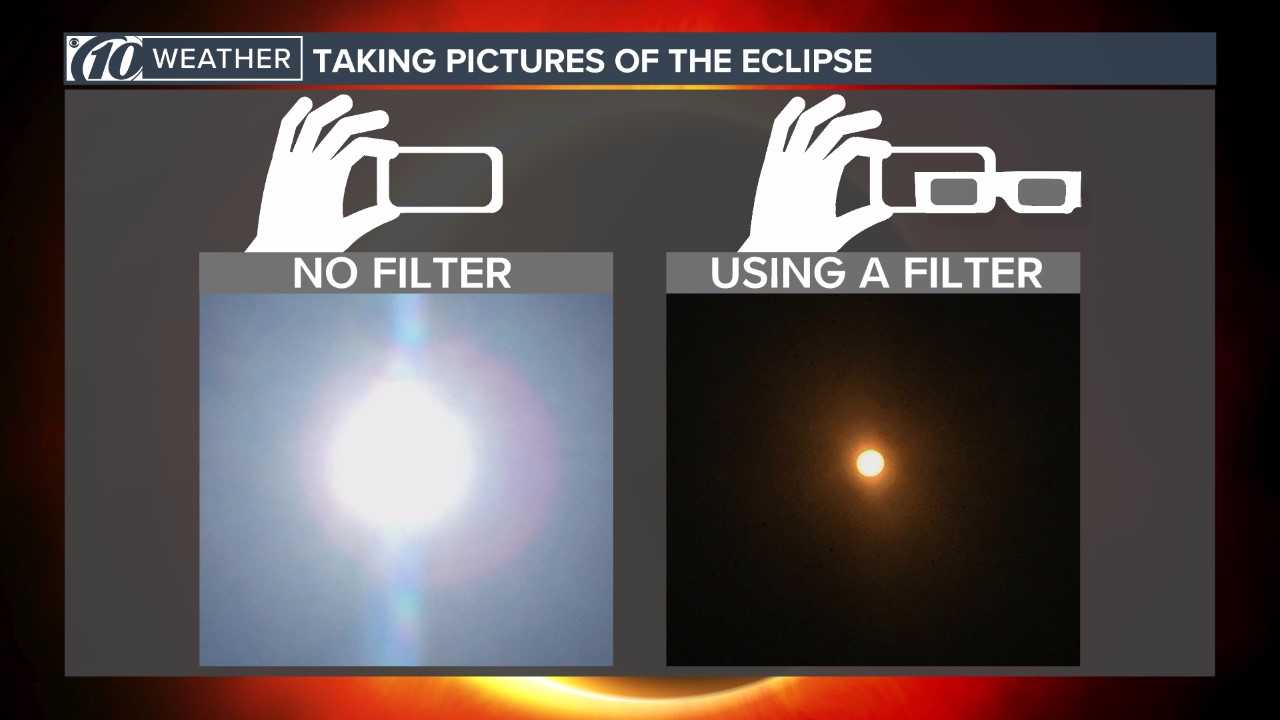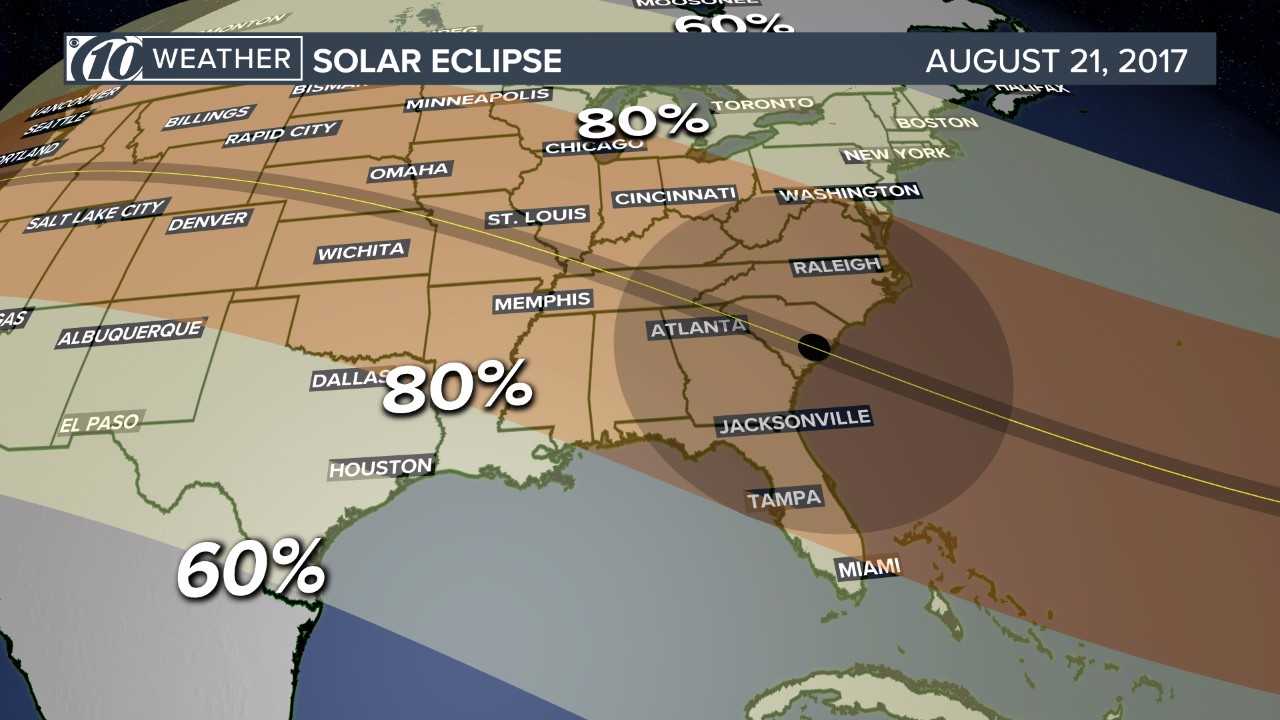Have you ever wondered why everyone gets all hyped up about solar eclipses but also warns you not to look directly at them? Well, here's the deal. Staring at an eclipse is way worse than just looking at the sun, and we're about to break it down for you. This isn’t just some random warning; it’s science. And science doesn’t play games.
You might think, "Hey, the sun’s always there, and I’ve sneaked a peek before without losing my eyesight." But during an eclipse, things change big time. The atmosphere, the way light behaves, and even your own biology conspire to make gazing at an eclipse potentially more dangerous than you’d expect.
This guide is your go-to resource to understand why eclipses are so risky, how they affect your eyes, and what you can do to safely enjoy one of nature’s most breathtaking phenomena. So, buckle up because we’re diving deep into the science, safety tips, and everything in between.
Read also:Where Is Virgin River Filmed Unveiling The Secrets Behind The Series Stunning Locations
Here’s a quick look at what we’ll cover:
- What Is an Eclipse?
- Why Is It Dangerous to Look at an Eclipse?
- Eye Damage Explained
- Safe Ways to Watch an Eclipse
- Common Misconceptions
- A Historical Perspective
- The Science Behind Solar Eclipses
- Protective Gear You Need
- Fascinating Facts About Eclipses
- Conclusion: Stay Safe, Enjoy the Show
What Is an Eclipse?
An eclipse is basically when one celestial body moves into the shadow of another. In the case of a solar eclipse, the moon passes between the Earth and the sun, temporarily blocking the sun’s light. It’s like nature’s ultimate magic trick, except instead of rabbits, it involves massive cosmic objects.
There are different types of eclipses—total, partial, annular—but they all have one thing in common: they’re awe-inspiring. However, they also come with risks if you don’t approach them with caution.
Types of Eclipses
Let’s break down the main types:
- Total Solar Eclipse: The moon completely blocks the sun, leaving only the corona visible. This is the big-ticket event everyone talks about.
- Partial Solar Eclipse: The moon partially covers the sun, creating a crescent shape.
- Annular Solar Eclipse: The moon is too far from Earth to fully cover the sun, leaving a "ring of fire" around the edges.
Each type has its own charm, but the danger remains the same: you shouldn’t stare directly at any of them without proper protection.
Why Is It Dangerous to Look at an Eclipse?
Now, here’s the million-dollar question: why is looking at an eclipse worse than just staring at the sun? The answer lies in the way your eyes perceive light during an eclipse.
Read also:Janice Hooker The Inspiring Journey And Untold Story
During a total solar eclipse, the moon blocks most of the sun’s light, making it seem safer to look directly at it. But here’s the kicker—the edges of the sun are still emitting intense ultraviolet (UV) radiation. Your eyes aren’t designed to handle that kind of energy, and without proper protection, you could end up with serious damage.
What Happens to Your Eyes?
When you look at the sun—or even a partially eclipsed sun—your retina absorbs the UV rays. These rays can burn the delicate tissue in your eyes, leading to a condition called solar retinopathy. And unlike a sunburn on your skin, this damage is irreversible.
Here’s the kicker: you won’t feel pain while it’s happening. Your eyes don’t have pain receptors, so you might not realize the damage until it’s too late. That’s why people who try to "sneak a peek" often end up regretting it.
Eye Damage Explained
Solar retinopathy is no joke. It’s like frying your retinas from the inside out. Here’s what happens step by step:
- UV Radiation: The intense UV rays penetrate your cornea and lens, reaching the retina.
- Thermal Burns: The energy from the sun heats up the retina, causing thermal damage.
- Photochemical Damage: The UV rays trigger chemical reactions in your retina that further harm the cells.
Even a brief exposure can cause temporary vision loss, and prolonged exposure can lead to permanent blindness. Yikes, right?
Signs of Solar Retinopathy
If you’ve accidentally looked at an eclipse without protection, here’s what to watch out for:
- Blurred vision
- Difficulty seeing in bright light
- Distorted vision
- Loss of central vision
If you experience any of these symptoms, seek medical attention immediately. Early intervention can sometimes prevent further damage.
Safe Ways to Watch an Eclipse
So, how do you enjoy an eclipse without frying your eyes? There are plenty of safe methods to watch this celestial spectacle. Here’s what you need to know:
Use Proper Eclipse Glasses
Eclipse glasses are specially designed to filter out 99.999% of the sun’s harmful rays. Make sure you get certified glasses that meet the ISO 12312-2 international safety standard. Don’t settle for cheap knockoffs—they could do more harm than good.
Build a Pinhole Projector
If you don’t have eclipse glasses, you can make a pinhole projector using simple materials like cardboard or paper. This method projects the image of the eclipse onto a surface, allowing you to watch it safely.
Watch Online
Can’t make it to the eclipse in person? No problem. Many organizations livestream eclipses, so you can enjoy the show from the comfort of your home.
Common Misconceptions
There are a lot of myths floating around about eclipses. Let’s bust some of the biggest ones:
- Myth: Sunglasses are enough protection. Nope. Regular sunglasses don’t block enough UV radiation to protect your eyes during an eclipse.
- Myth: You can only look at the total eclipse. Wrong. Even during totality, you need to use proper protection when the sun starts peeking out again.
- Myth: Eclipses are bad luck. While some cultures associate eclipses with superstitions, there’s no scientific basis for this belief.
Don’t fall for these myths. Stick to the facts and stay safe.
A Historical Perspective
Eclipses have fascinated humans for centuries. Ancient civilizations viewed them as omens or signs from the gods. Today, we understand the science behind them, but they still hold a certain mystique.
Throughout history, people have come up with creative ways to observe eclipses safely. From ancient Chinese astronomers using water-filled basins to modern-day eclipse chasers with high-tech gear, the quest to witness this phenomenon has evolved over time.
The Science Behind Solar Eclipses
Let’s dive into the science for a moment. A solar eclipse occurs when the moon passes directly between the Earth and the sun. The alignment has to be just right for this to happen, which is why eclipses are relatively rare.
The moon’s orbit is tilted slightly compared to Earth’s orbit, so most of the time, it passes above or below the sun from our perspective. But every so often, everything lines up perfectly, and we get treated to an eclipse.
Why Does the Moon Block the Sun?
It’s all about distance and size. The moon is about 400 times smaller than the sun, but it’s also about 400 times closer to Earth. This cosmic coincidence makes the moon appear to be roughly the same size as the sun in our sky, allowing it to block the sun’s light during an eclipse.
Protective Gear You Need
If you’re planning to watch an eclipse, make sure you have the right gear. Here’s what you’ll need:
- Eclipse Glasses: Certified to block UV radiation.
- Telescope Filters: If you’re using a telescope, you’ll need a solar filter to protect your eyes.
- Pinhole Projector: A DIY option for safe viewing.
Don’t skimp on quality. Investing in proper gear is the best way to ensure a safe and enjoyable experience.
Fascinating Facts About Eclipses
Eclipses are more than just a cool thing to watch. They’re packed with fascinating facts:
- A total solar eclipse can only be seen from a narrow path on Earth.
- The longest a total solar eclipse can last is about 7.5 minutes.
- Animals often behave strangely during an eclipse, mistaking the sudden darkness for nighttime.
These facts just scratch the surface of what makes eclipses so amazing.
Conclusion: Stay Safe, Enjoy the Show
Looking at an eclipse is definitely worse than just staring at the sun, but that doesn’t mean you can’t enjoy it safely. With the right knowledge and gear, you can witness one of nature’s most spectacular events without putting your eyes at risk.
Remember to use certified eclipse glasses, build a pinhole projector, or watch online if you can’t make it in person. And don’t forget to share this guide with your friends so they can stay safe too.
Now that you know why eclipses are dangerous and how to watch them safely, it’s time to mark your calendars for the next one. Who knows? You might just become an eclipse chaser yourself!


